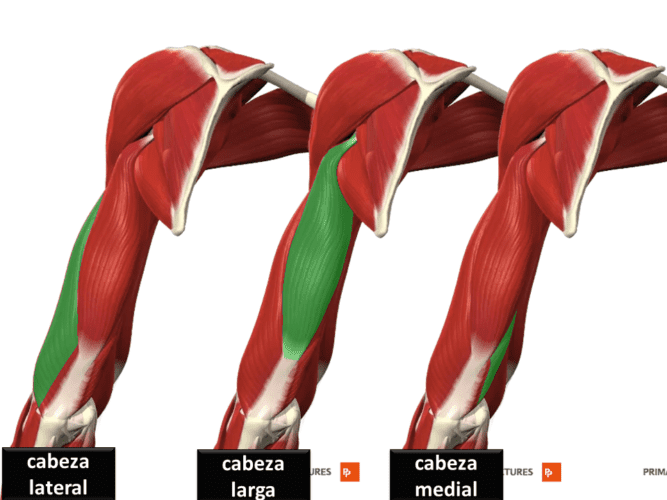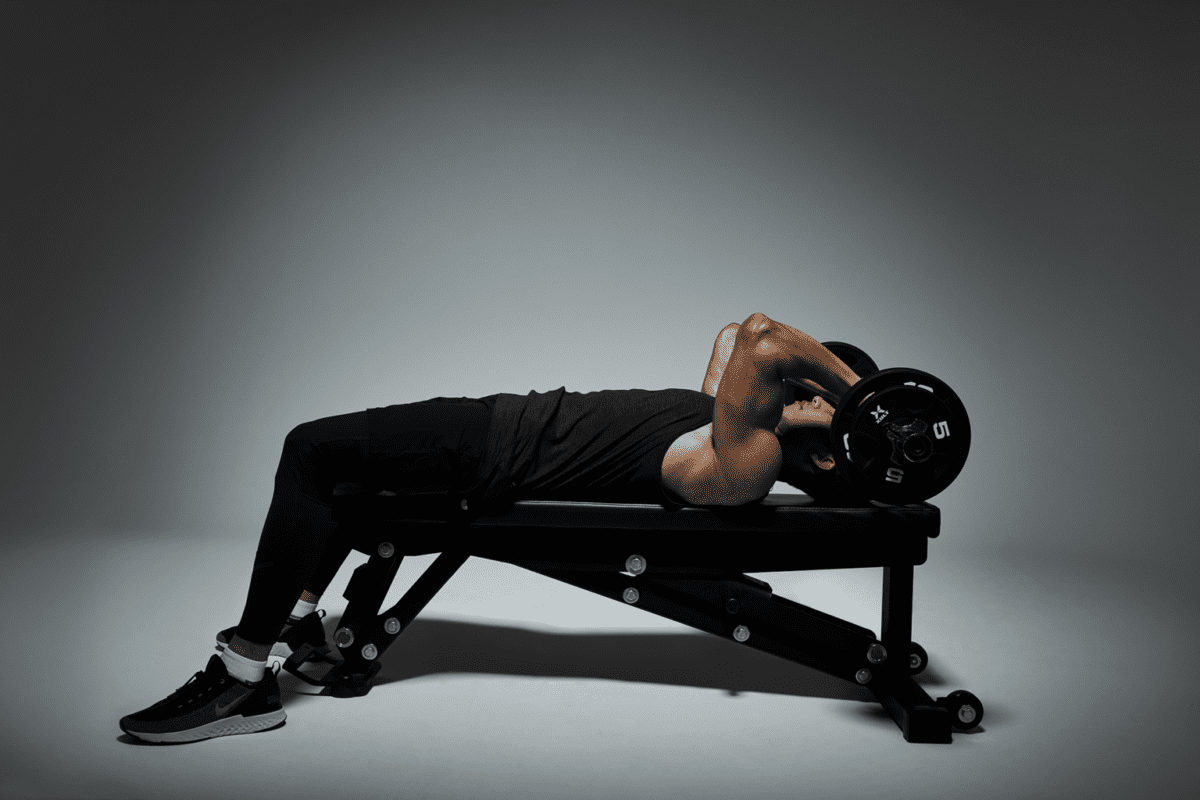The French press is an essential exercise for increasing the strength and thickness of the triceps brachii, an important muscle for aesthetics (it occupies the entire back of the arm) and performance (it participates in all throws and pushes) (Tiwana & Bordoni, 2020).
In this article, we specifically address this exercise, but to better understand the anatomy and biomechanics of the triceps (how many heads does the triceps have? how is each one activated more?).
We also analyze how to fit the French press into a training session, which we already recommend that you complement with the article exercises for triceps.
What is the French press?
The French press is one of the most used exercises to stimulate the triceps brachii (we will refer to the triceps brachii as triceps throughout the article).
Like the Bulgarian squat, the Arnold curl, the Pendlay row, etc., the French press owes its name to those who invented it or participated in the development of its style.
But it is only known as the French press in Spanish, since if we google “French press” the search will show us French coffee makers (French presses).
In English, it is known as skullcrusher or lying triceps extension.
What is the French press for?
The French press is used for the development of strength and hypertrophy of the triceps, a muscle that occupies the entire back of the arm, between the elbow and the shoulder (Madsen et al., 2006).
As its name suggests, the triceps has three heads (tri = three; ceps = heads). The outermost head is the lateral head, followed inward by the long head and, finally, the innermost and smallest of the three, the medial head (image 1).

Why can we do the French press?
There are other common exercises like the close-grip bench press and dips to train the triceps brachii, but they are not the ones that provide the greatest stimulation to the triceps (Alves, Matta, & Oliveira, 2018).
The French press is the ideal exercise because it stimulates the three heads of the triceps with great activation (Alves et al., 2018).
It emphasizes the long head, which is the most important head for the overall thickness of the triceps, it is essential that it is in our arsenal of triceps exercises.
Since the long head is biarticular (it acts on the elbow joint and also on the shoulder joint), when we flex the shoulder (raise the arms) the long head is activated to a greater extent than if there is no shoulder flexion (Davidson & Rice, 2010).
On the other hand, the lateral and medial heads are also activated in this position, although with less prominence than the long head.
To emphasize the lateral and medial heads, there are other triceps exercises more suitable, although all three heads are always active whenever there is an elbow extension.
View this post on Instagram

